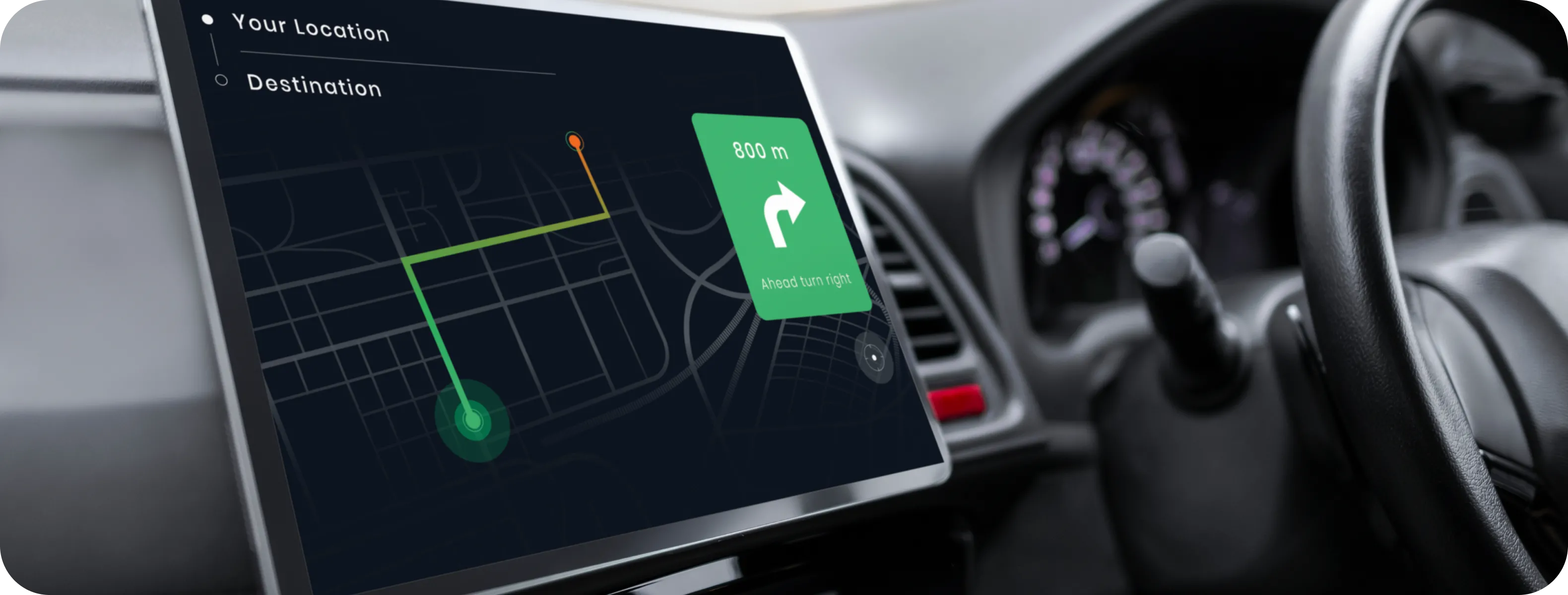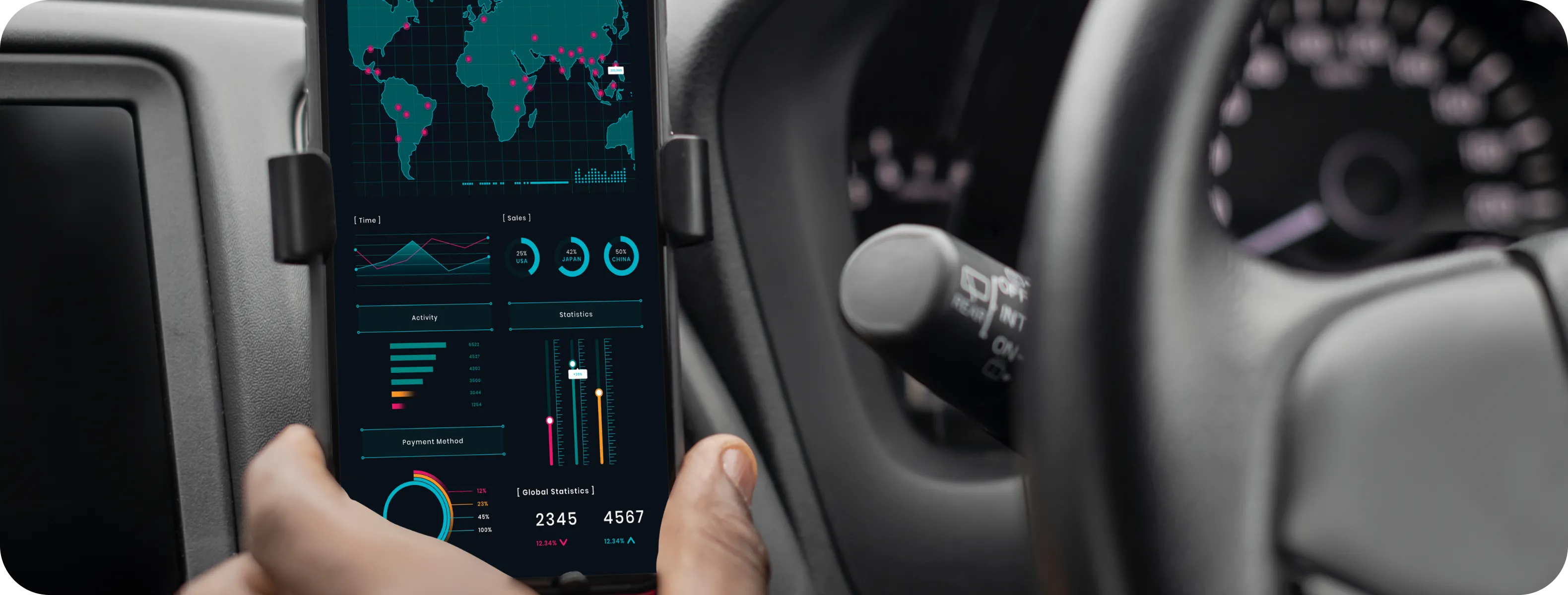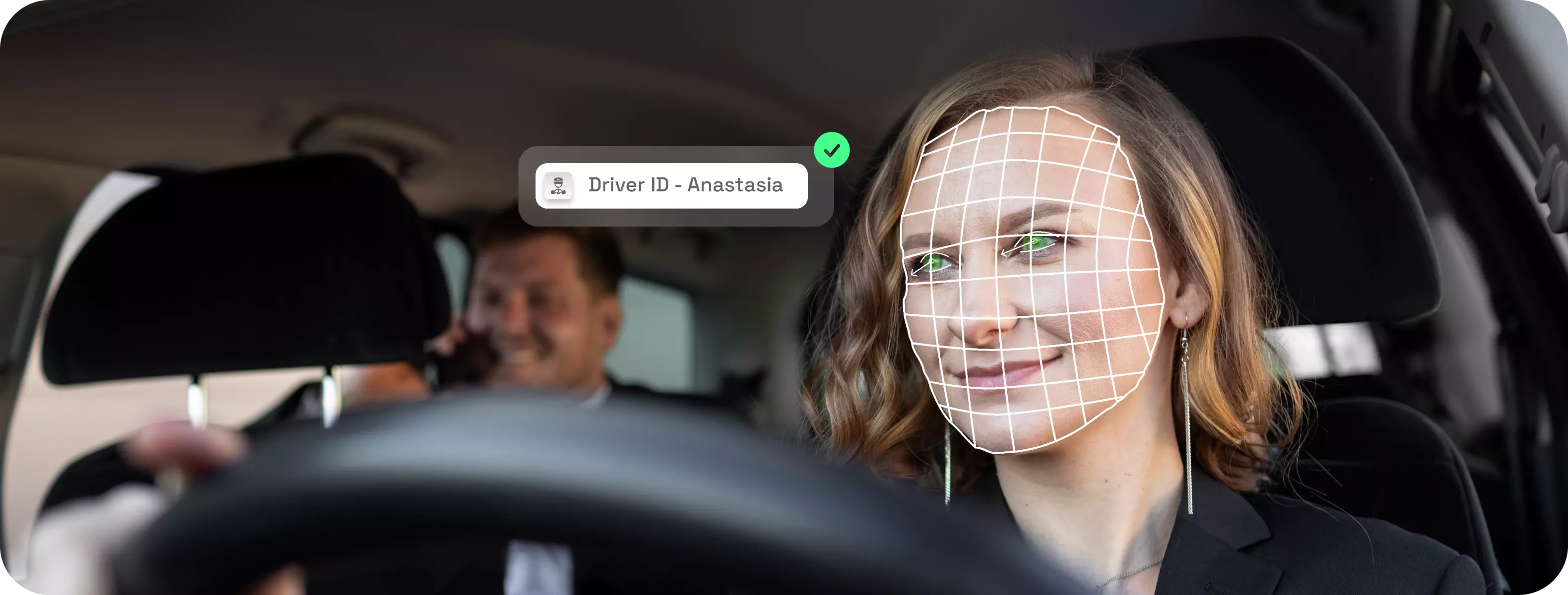Automotive AI
Driver Monitoring System
What is Driver Drowsiness Detection System & How does training data aid DDS algorithms?
AI advancement in driver monitoring and drowsiness detection to reduce road collisions.
Automotive AI
Driver Monitoring System
AI advancement in driver monitoring and drowsiness detection to reduce road collisions.

Driver monitoring or driver drowsiness detection is becoming increasingly important in the age of fast automobiles and swollen traffic jams and must be included in driving assistance systems. Additionally, after extended durations of driving, driver weariness and attention levels might change.
Therefore, it is crucial to have a top-notch system that can automatically monitor every part of a driver monitor function. These innovations considerably lower the number of traffic accidents and improve overall driver and passenger safety. The next-generation technology that can easily supply many of these qualities is artificial intelligence (AI).
Although digital powerhouses are continually developing the notions of an autonomous car, the incorporation of AI into a driving assistance system is not new. However, there are certain areas that AI can readily solve. Modern manufacturers are already delivering cutting-edge automated assistance technologies, making the demand for intelligent driving assistance clear.
However, the advancement and adoption of AI have paved the way for driver monitoring's future advances to increase road safety alongside everyone's access to safe driving alternatives. In this post, we will look at how training data aids in driver drowsiness detection.
The AI algorithm that underpins the driver's drowsiness detection starts monitoring the driver's steering behavior as soon as the journey begins. It then detects changes over the course of lengthy journeys and, as a result, the degree of driver tiredness. Phases, when the driver is hardly steering, are typical indicators of fading focus, as are modest, rapid, and sudden steering motions to maintain the automobile on the road.
The function determines the degree of driver fatigue based on the frequency of these movements as well as additional factors including trip duration, use of turn signals, and time of day. The instrument display flashes an indicator, such as a coffee cup or stops the vehicle sign or something similar to it, to alert drivers that they should take a break if that level rises beyond a specified threshold.
Critical issues that are the main contributors to accidents in recent years can be addressed by the Driver Drossiness System (DDS). DDS has the potential to provide solutions for several of these issues, including distracted or drowsy driving, security warnings, and irresponsible driving.
 Perhaps not many people considered the notion of a driving assistance system being able to recognize human emotions. With DDS, it is simpler to monitor the driver's eye and facial movements as well as general body language. AI-driven DDS systems can examine the behavior of the driver and take prompt preventative action to handle the problem.
Perhaps not many people considered the notion of a driving assistance system being able to recognize human emotions. With DDS, it is simpler to monitor the driver's eye and facial movements as well as general body language. AI-driven DDS systems can examine the behavior of the driver and take prompt preventative action to handle the problem.
In order to keep a driver awake while they are tired, the DDS can suggest that they turn up the air conditioning or cease receiving repeated notifications. Similar to this, driver monitoring can identify anger or wrath and provide alternatives. If a driver becomes bored, the system can play music or, if they become uneasy in a strange place, propose a different route.
![]() While the focus is advantageous for drivers, distractions are more likely to result in serious harm. The driver turning around to speak to the passenger in the backseat, using a cell phone or applying cosmetics, smoking, and utilizing an entertainment system are a few examples of distractions. Given how many car accidents are caused by distracted driving, this capability potentially saves a significant number of lives.
While the focus is advantageous for drivers, distractions are more likely to result in serious harm. The driver turning around to speak to the passenger in the backseat, using a cell phone or applying cosmetics, smoking, and utilizing an entertainment system are a few examples of distractions. Given how many car accidents are caused by distracted driving, this capability potentially saves a significant number of lives.
 Another essential component of DDS is the speed alert. When a car is being driven at extremely high speeds without much road control, this function warns the driver. It is clear that the DDS can detect the driver's degree of control at high speeds while keeping an eye on the speedometer and sending notifications to slow down if the automobile is not maintaining the proper balance and lane.
Another essential component of DDS is the speed alert. When a car is being driven at extremely high speeds without much road control, this function warns the driver. It is clear that the DDS can detect the driver's degree of control at high speeds while keeping an eye on the speedometer and sending notifications to slow down if the automobile is not maintaining the proper balance and lane.
 DDS can be incorporated to give the location of the person and the car to close friends or family members regularly because navigation functions are already present in a driving system.
DDS can be incorporated to give the location of the person and the car to close friends or family members regularly because navigation functions are already present in a driving system.
 Mobile or web apps might upload and retrieve real-time notifications with video evidence from the cloud. Among the many analytical reports that provide vehicle owners additional insight and allow them to keep control over their drivers and services, the alerts could include driving reports, speed restrictions, driver awareness level, and driver conduct.
Mobile or web apps might upload and retrieve real-time notifications with video evidence from the cloud. Among the many analytical reports that provide vehicle owners additional insight and allow them to keep control over their drivers and services, the alerts could include driving reports, speed restrictions, driver awareness level, and driver conduct.
Recent events appear to indicate that many drivers and passengers have engaged in violent altercations or assaults. Such situations can be avoided by ensuring the visibility of driver reports, which will also result in improved cab services for both passengers and drivers.
 DDS can reduce auto theft during these periods when it has been common. Additionally, attacks, threats, and physical assaults related to cab services, where multiple instances of unidentified persons were recorded, caused serious harm to certain organizations' reputations.
DDS can reduce auto theft during these periods when it has been common. Additionally, attacks, threats, and physical assaults related to cab services, where multiple instances of unidentified persons were recorded, caused serious harm to certain organizations' reputations.
DDS can allow the detection of drivers who are assigned to a certain vehicle rather than depending on the human entry of the driver's identification key. Such methods guarantee that drivers are correctly identified and that management is informed when an unauthorized individual is using the vehicle.
A more secure method of driving has long been required. To provide a better driving experience given the variety of drivers on the road, it is crucial to have more tailored safety measures. Due to an increase in traffic accidents, top-of-the-line safety features and driver aid systems are now standard equipment for automobile manufacturers. Consumer behavior has changed, and the majority of customers are searching for cutting-edge driving assistance systems.
AI, with its cognitive powers, provides the final solution to tackling the bulk of issues that have led to accidents. AI-based DMS is already been adopted by many car manufacturers to provide driving assistance that customers have long anticipated in order to enjoy the highest level of security and a personalized driving experience. In most cases, a tool or component of advanced driver assistance systems includes a driver sleepiness detection system (ADAS).
Driver drowsiness detection systems can utilize cameras, eye-tracking sensors, and other hardware to monitor visual cues. Drowsiness can be identified by the frequency of yawning, eye blinking, eye-gaze movement, head movement, and facial expressions. The systems have the ability to watch driving input behavior and alert the driver to errant lane changes, pedal use, and steering motions.
The enormous number of structured and annotated photographs and videos are necessary to construct such a form of robust AI system that can identify drivers' emotions, and actions of the face, eyes, and body, among other things. FutureBeeAI can assist you in this situation.
With FutureBeeAI’s large dataset pool & global resources, you can create customized & tailored off- the self datasets to train & test DDS algorithms. Harness the power of our community to convert audio into text or more common transcription, video and image annotations, and custom solutions to further turn your unstructured data into highly structured data that can be directly fed into AI systems for better predictions.
Acquiring high-quality AI datasets has never been easier!!!
Get in touch with our AI data expert now!
